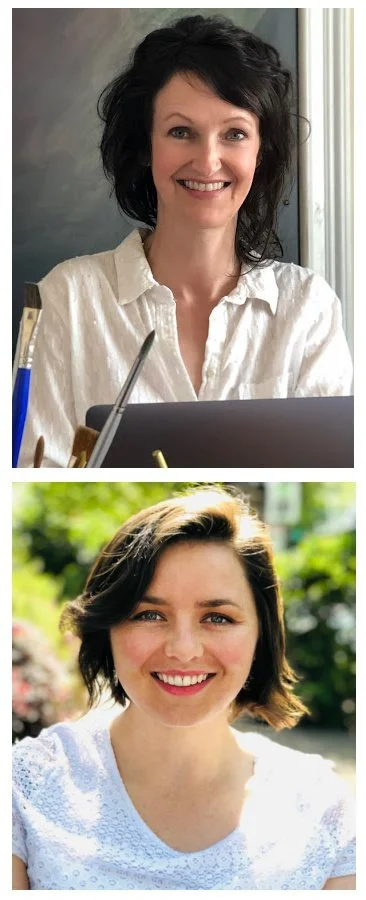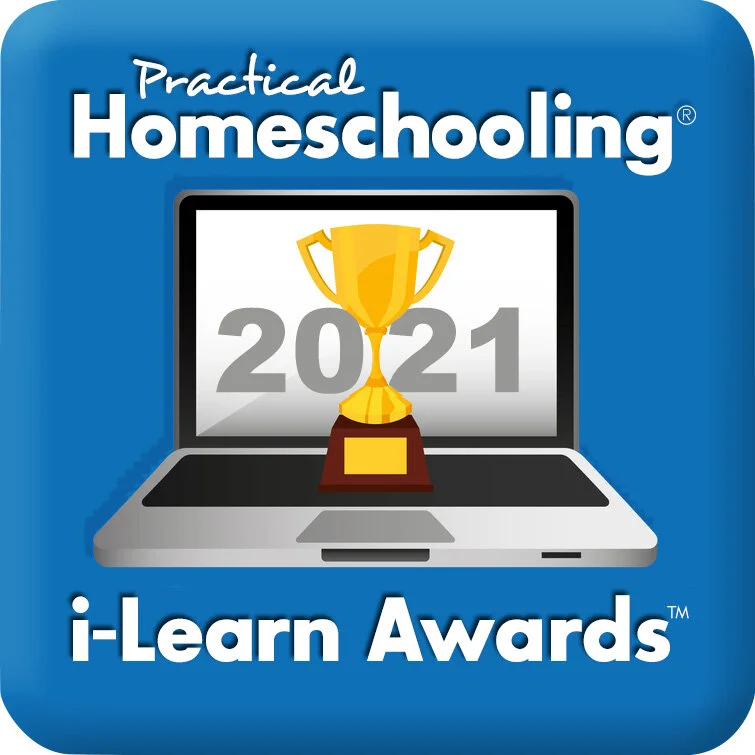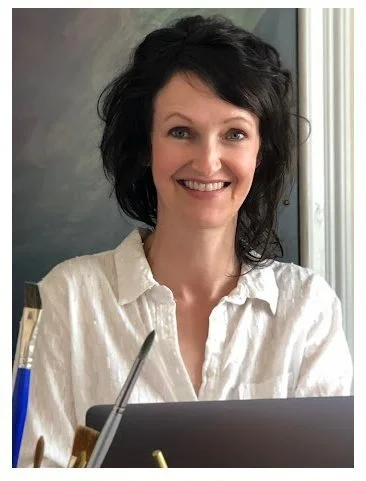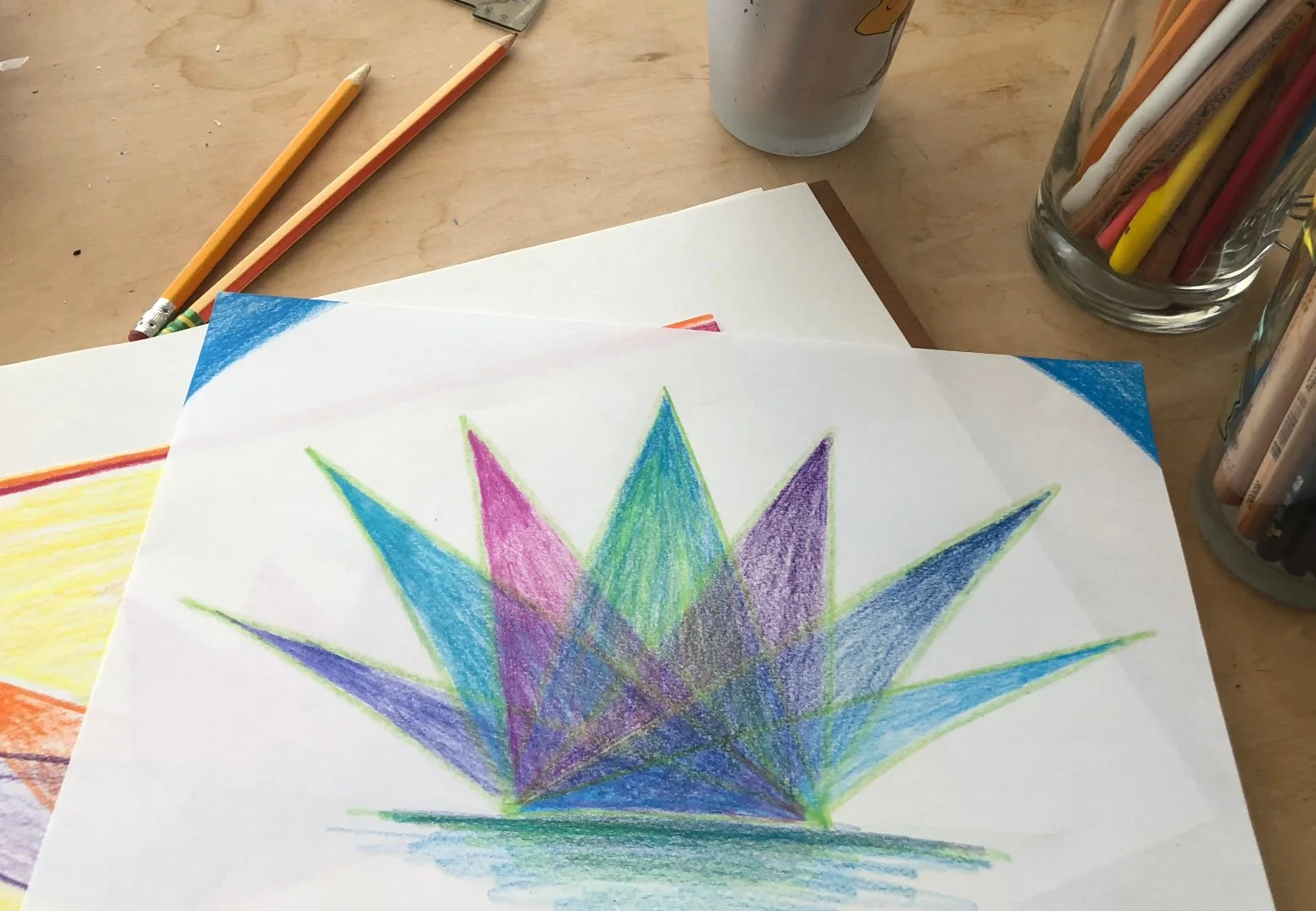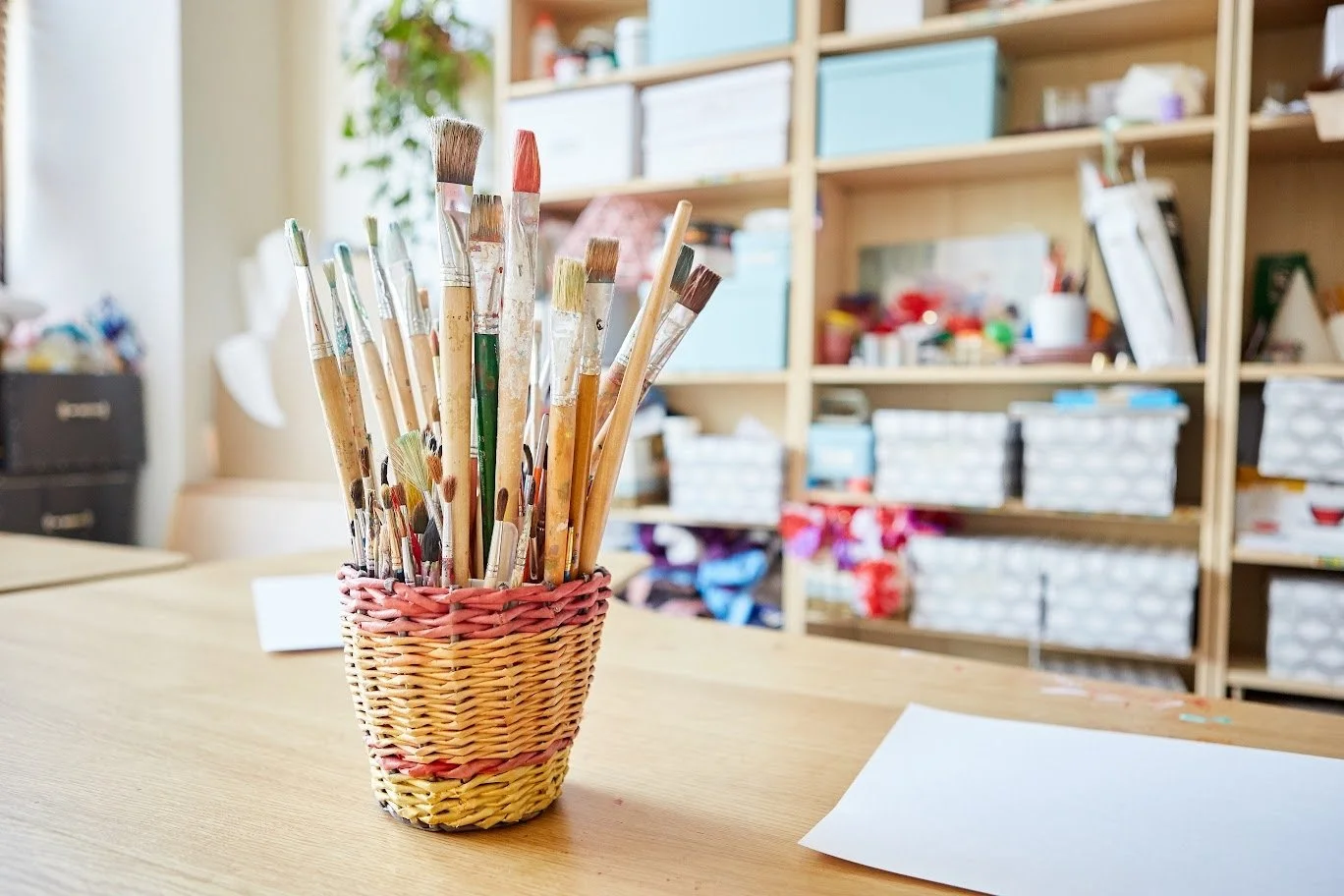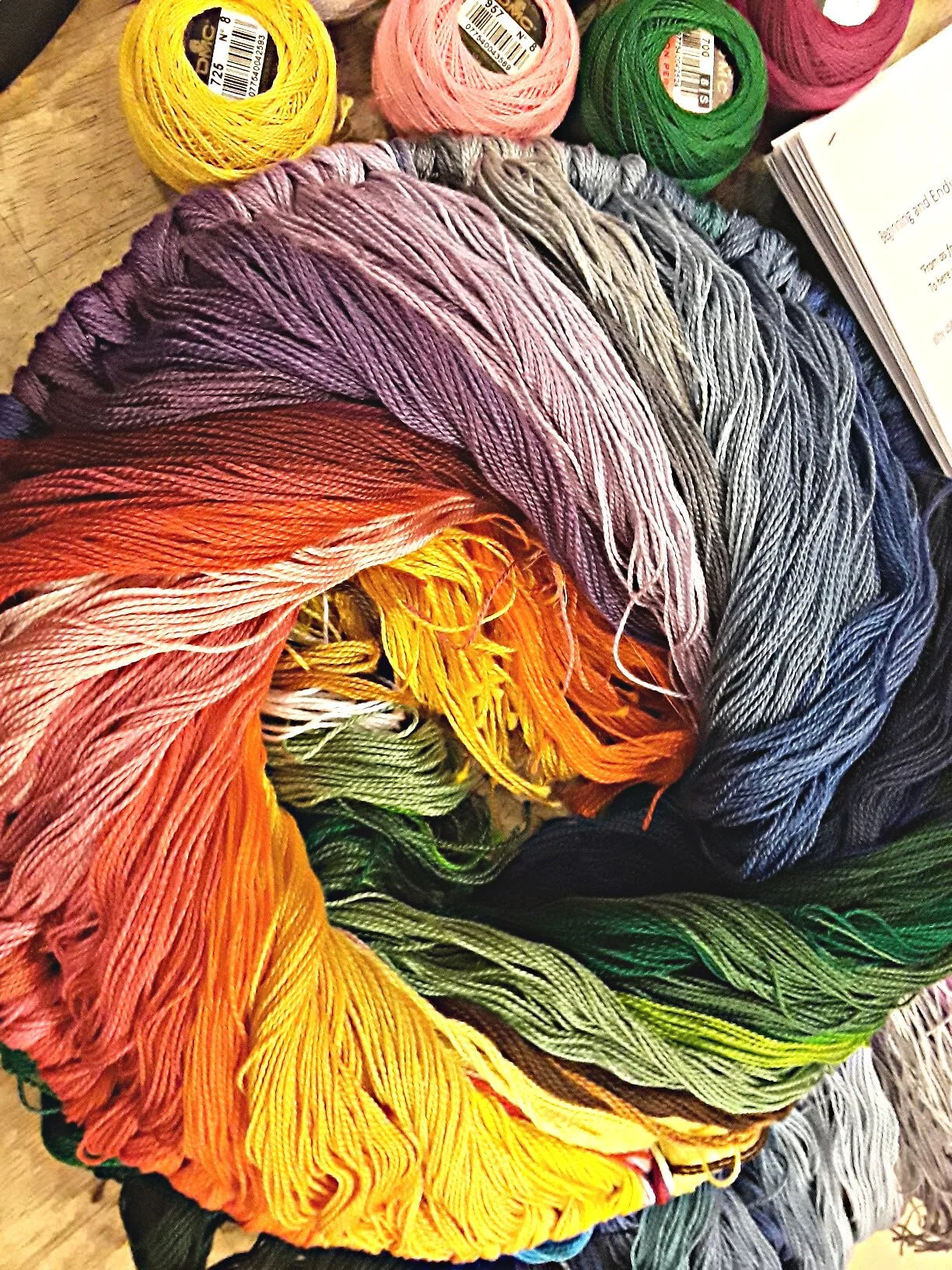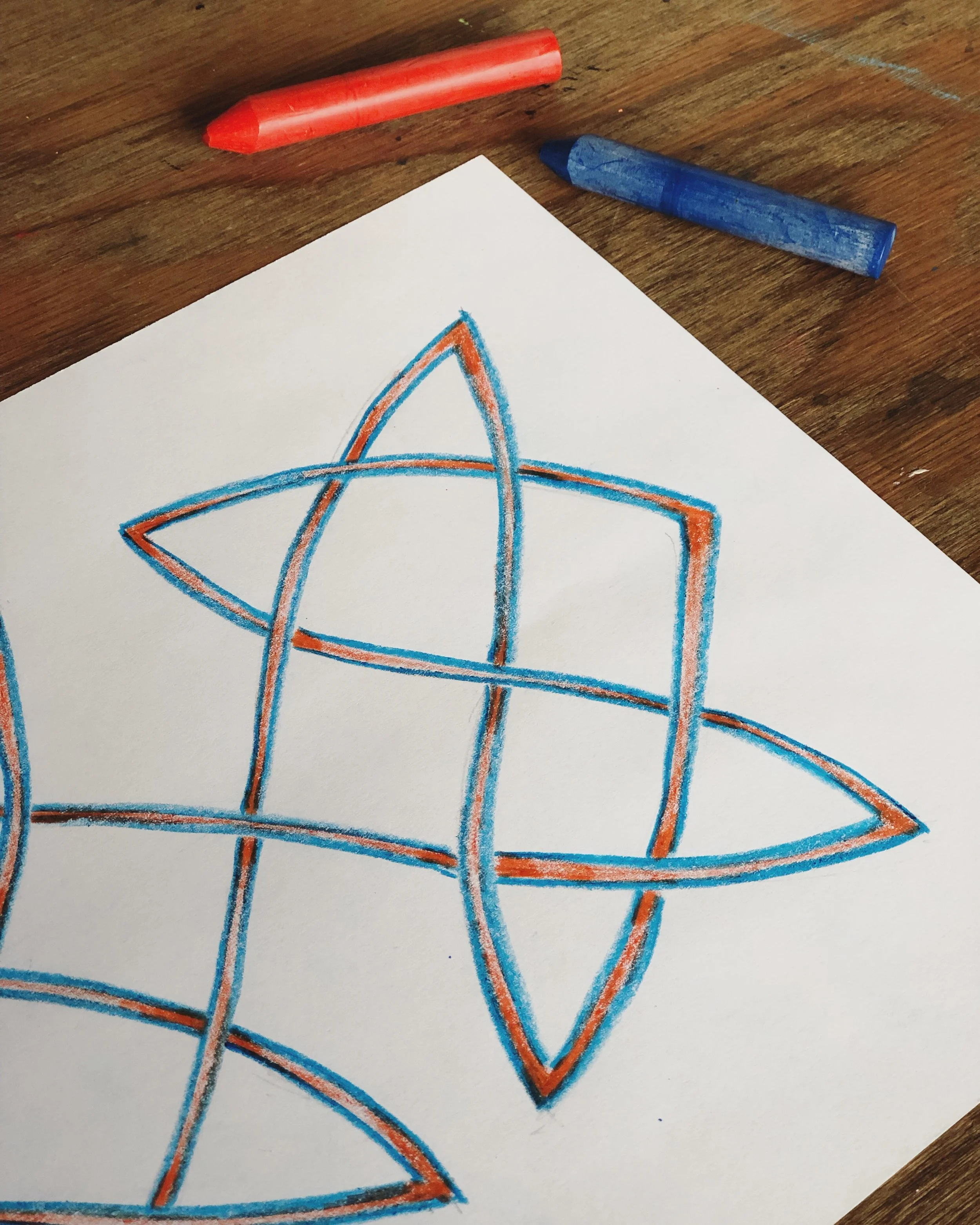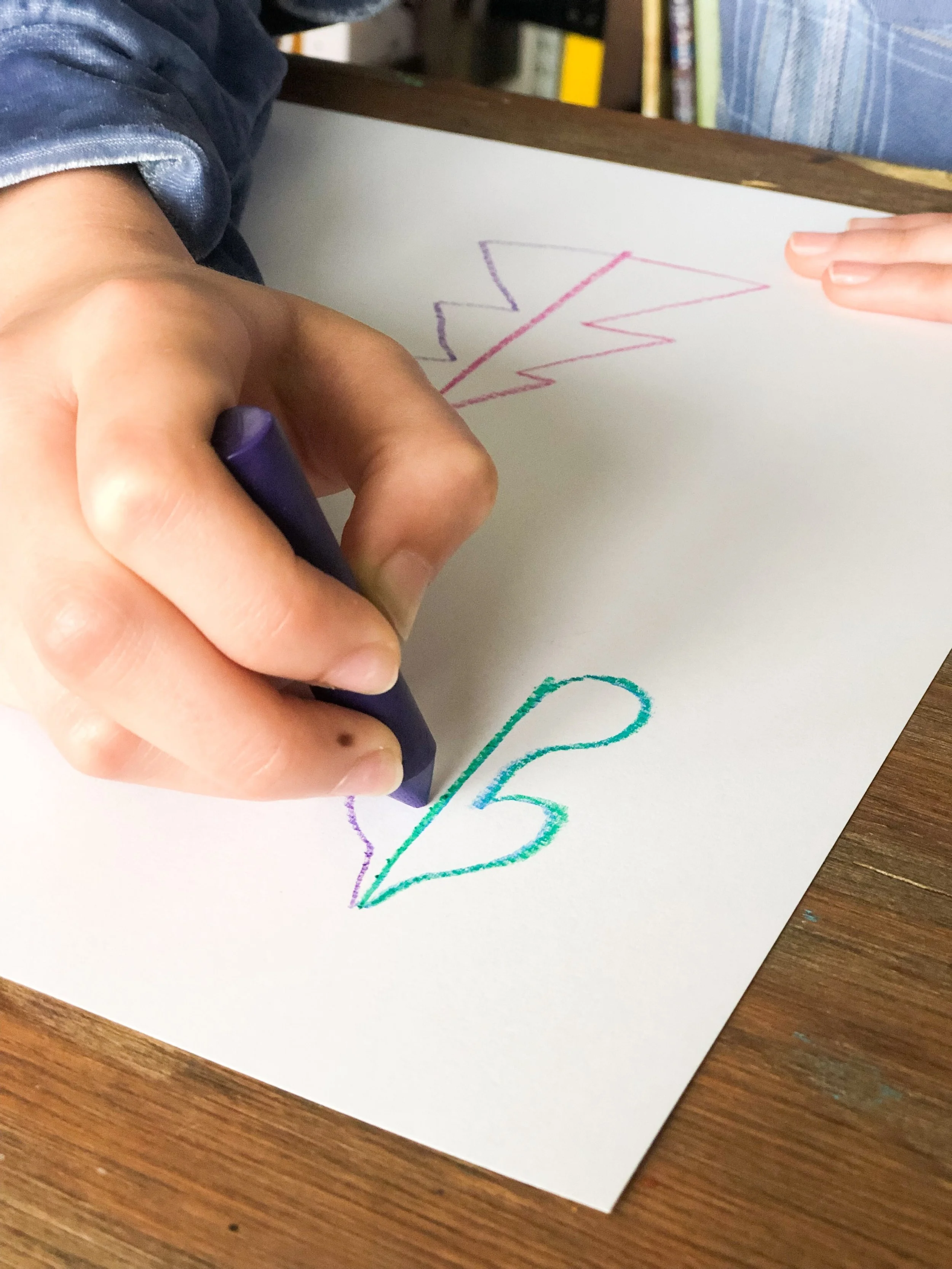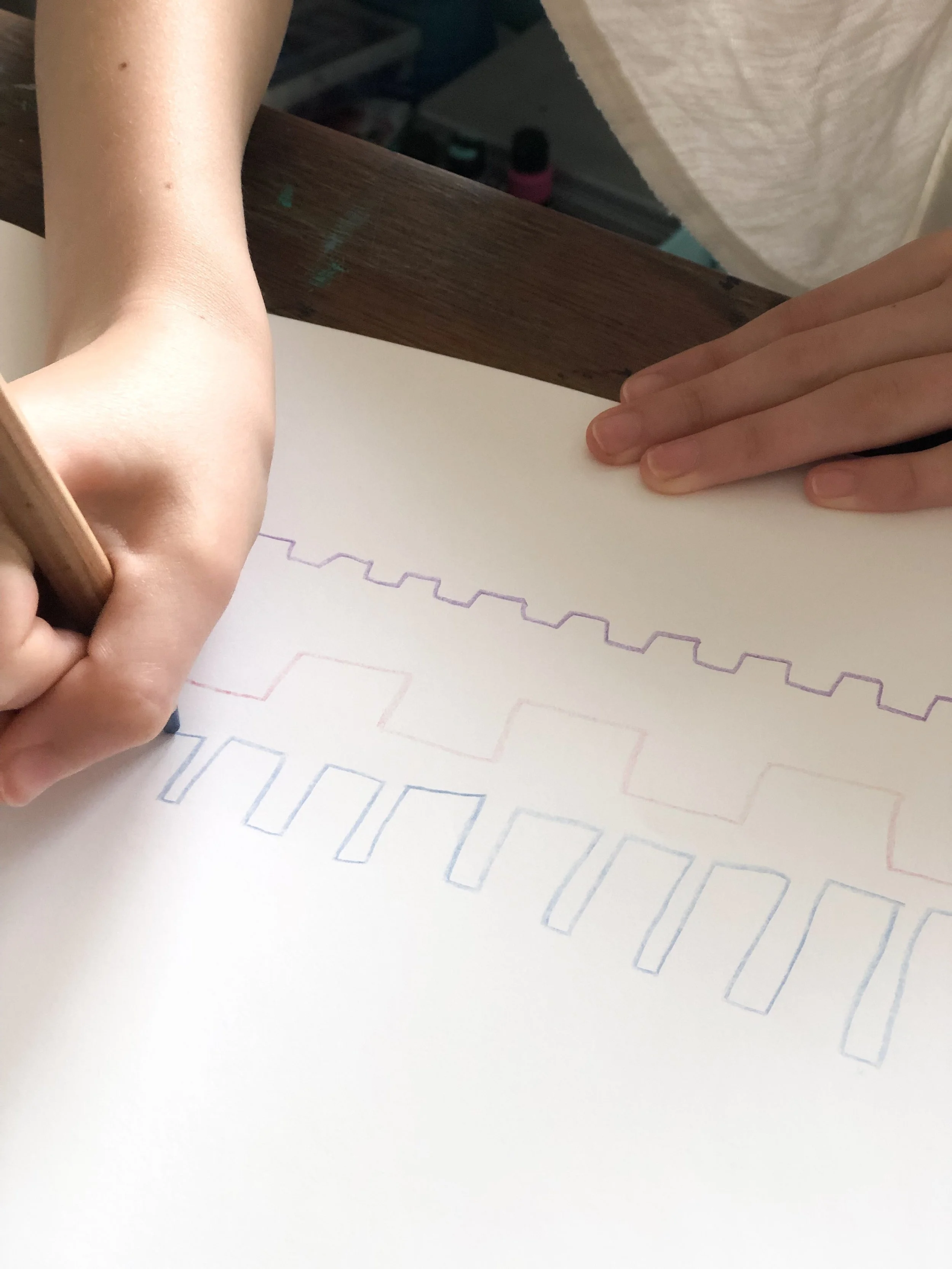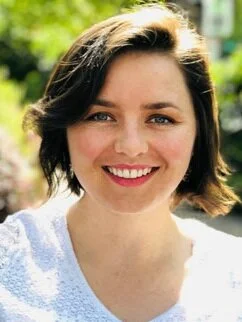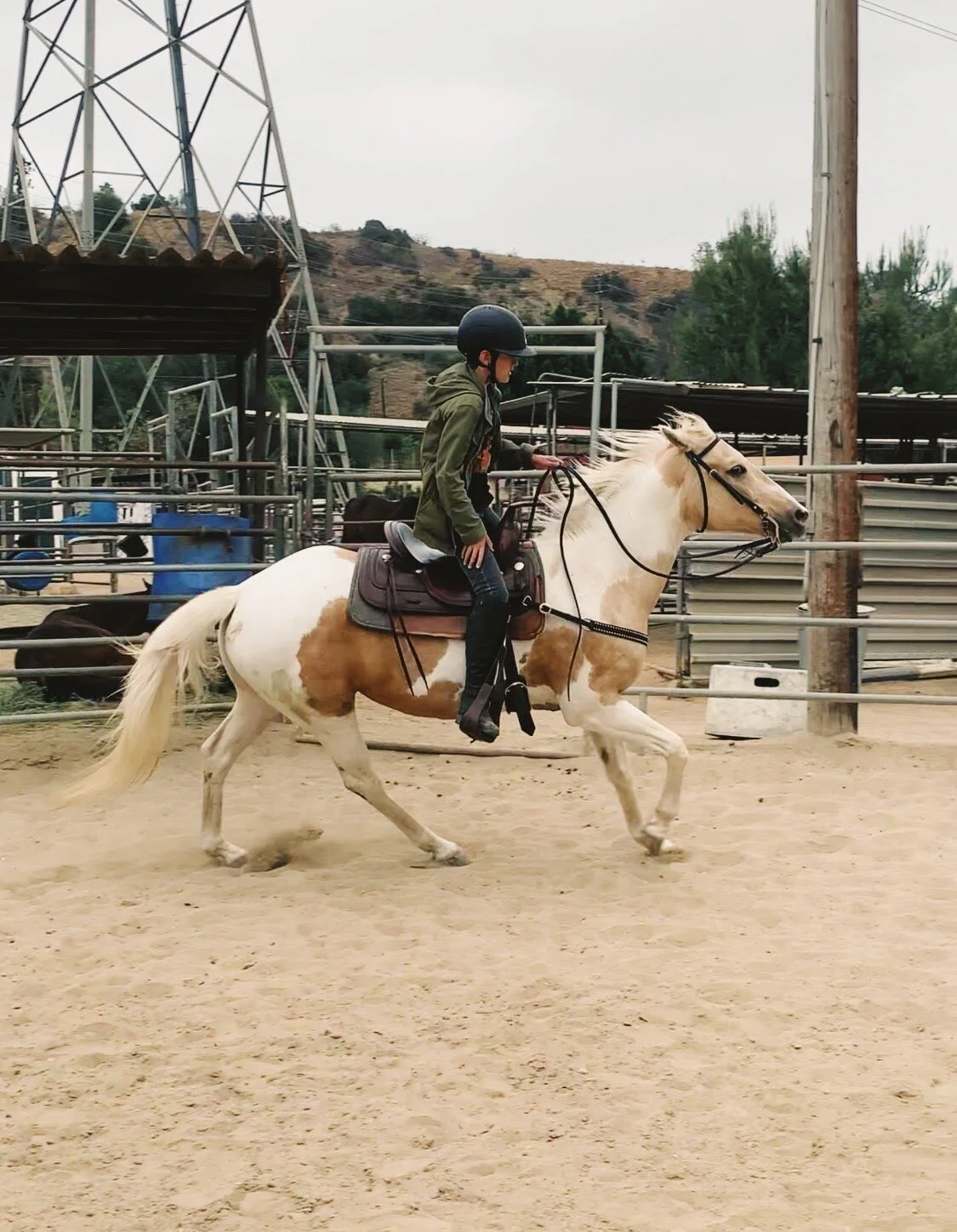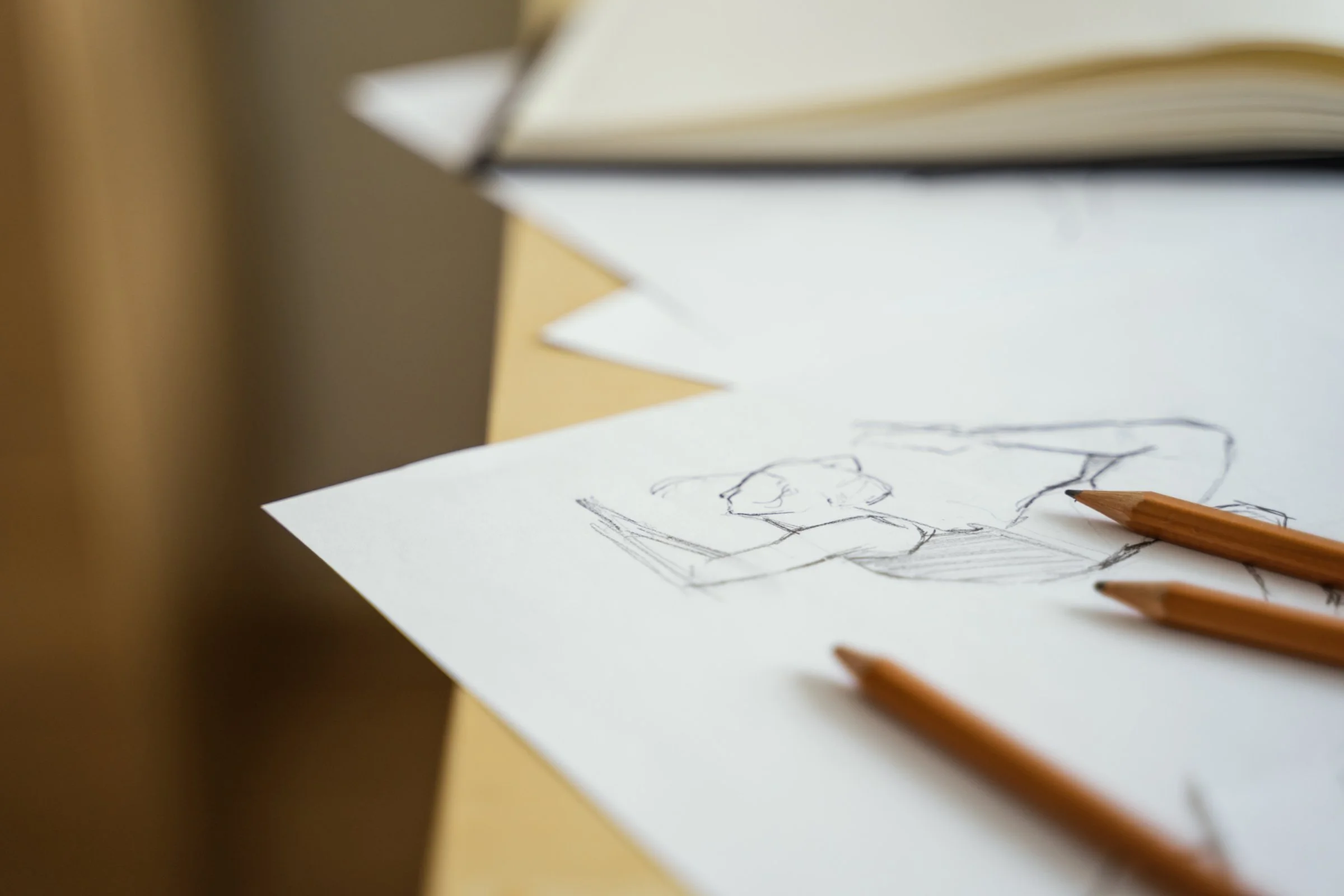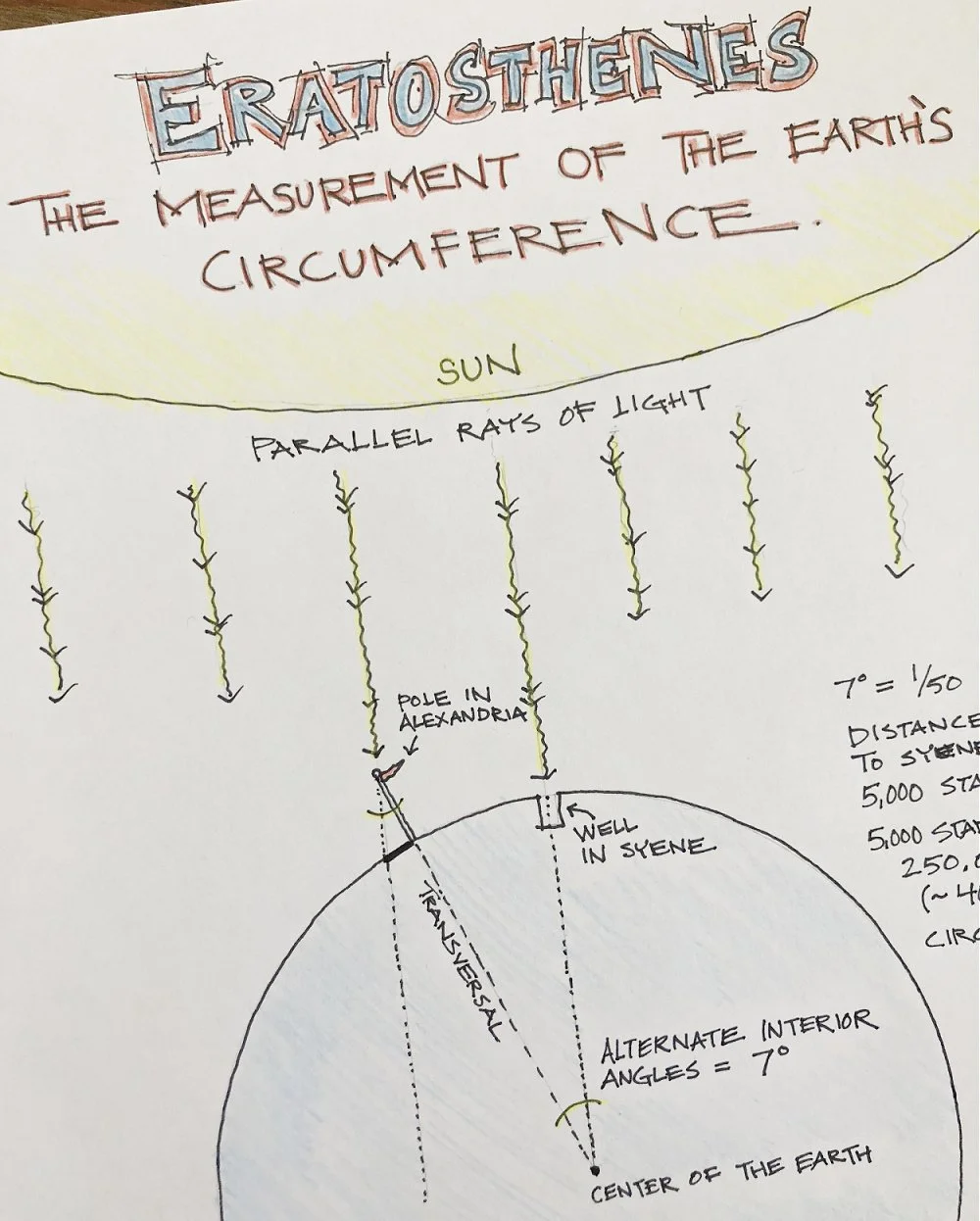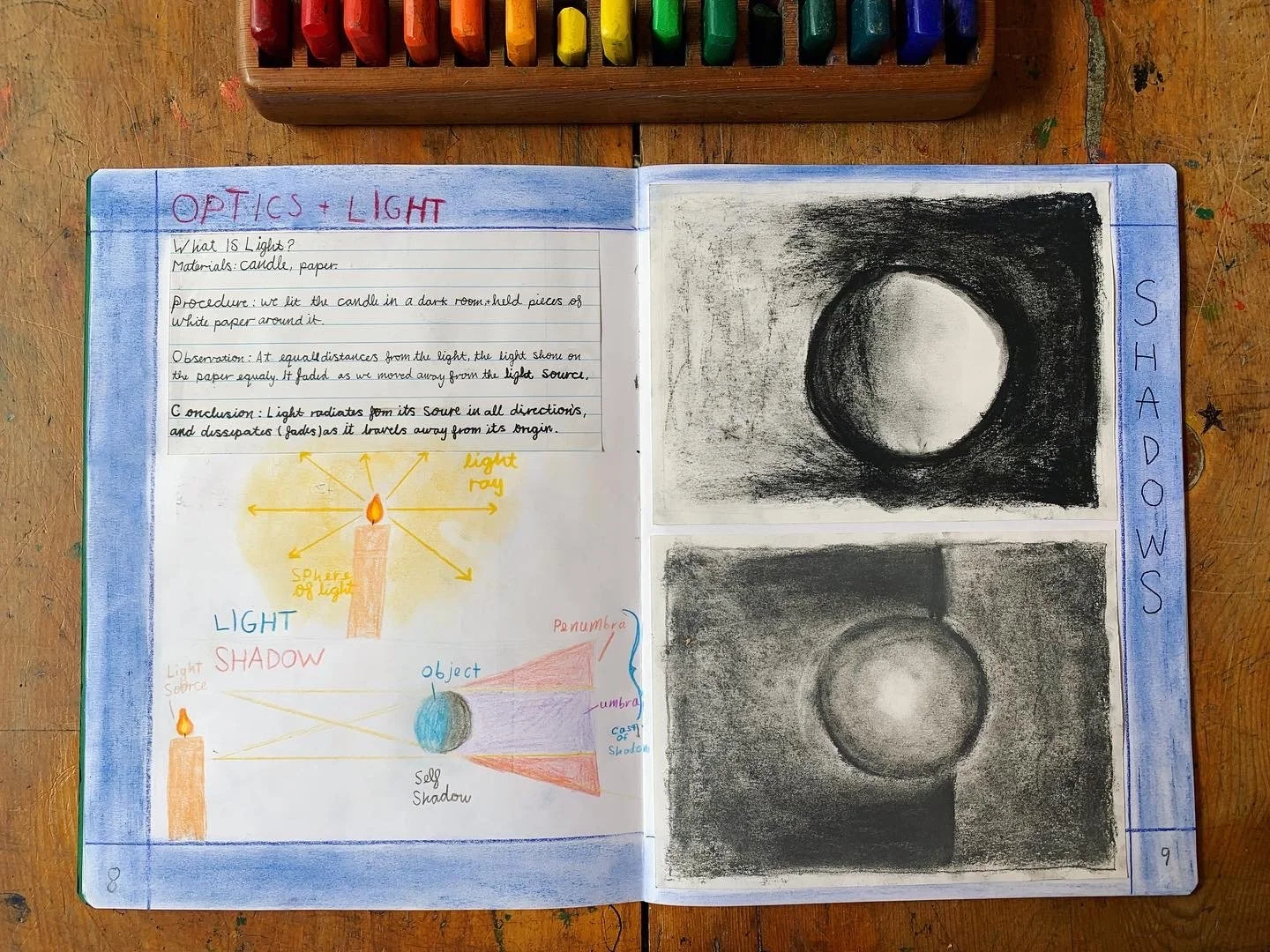
Waldorfish Blog
Doing it Your Way: Celebrating Michaelmas!
Happy fall! (Well, almost. Can you tell we’re just a little excited for the change of seasons?)
Fall is a wonderful time to enjoy the change of seasons, and celebrate Michaelmas!
In our part of the world, this season brings with it the start of a new school year, and with that, a new routine, curriculum, social group, and so many other things! It’s certainly a time of excitement.
It can also be a time where things feel challenging, and possibly, as though they haven’t quite fallen into place yet.
So, it can feel like a lot when we remember that Michaelmas, one of the major festivals for the year, is just around the corner after school begins!
But there’s no need to worry – Michaelmas (as with all festivals, in our opinion, click here for more on that!) does not need to be complicated, and should not induce more stress in your daily life.
It’s hard not to get caught up in the FOMO for this particular festival, especially when some Waldorf schools and families dedicate a large amount of time to building elaborate dragons, or baking all day, or...or...or!
Fall pumpkins: a wonderful subject for your next watercolor painting!
But before you find yourself spiraling, take a minute to ask:
What is meaningful to MY family?
What would feel sincere to us?
And above all: how can I make this festival feel special in a simple, doable and enjoyable way?
In a nutshell, celebrating Michaelmas is about standing up for what’s right, taming the “dragon” within, and choosing to follow the path of light, joy, and goodness, even in the most difficult and challenging of circumstances.
With that in mind, we’ve got some resources for you, to help you design your Michaelmas celebration in a way that fits your family best. (Just click the links below!)
For some, making wooden swords is a Michaelmas tradition!
Dragons for Michaelmas
Building a dragon is a popular activity to celebrate Michaelmas, so we’ve put together some inspirations for you! Perfect for little and big hands alike.
On Dragons and Making Swords
What exactly is Michaelmas, and how does it apply to raising children in our modern world? Enjoy this piece written by our guest writer Christy Corp-Minamiji, and discover how Michaelmas can lead us to talking with our children about the dragons we encounter in our everyday lives.
In Praise of Balance
The title speaks for itself: we are all about building a festival life that’s in balance, and truly meaningful experiences that work for you and your family. This blog post is the perfect place to go if you need a little encouragement, inspiration, and permission to keep it simple!
Head to our Pinterest board for Michaelmas and Autumn seasonal inspiration!
Michaelmas Pinterest Board
Dragon bread, dragons, swords: our pinterest board has it all!
Festival Life in 2020
It’s safe to say that our lives aren’t quite back to the “normal” we knew before 2020, and we’re all still trying to find the best and most doable ways to make festival life work in these new times. Be sure to check out this blog post by our guest writer Cristina Havel, and find some inspiration for how to make Michaelmas and other festivals feel special, even in trying times.
Enjoy!
About the Authors
Robyn Beaufoy is Waldorfish’s CEO, and a course instructor for two of our courses - Waldorf Art for Beginners and Weekly Art Foundations. You’ll find her intuitive touches and influences throughout everything Waldorfish offers! Robyn has been in the world of education for almost 30 years, with an MA in Education and a certification in Waldorf teaching - she also homeschooled both of her children. In 2012 Robyn co-founded Waldorfish.com, creating it with the vision of making Waldorf inspired-art and pedagogy more accessible, joyful, and doable to homeschoolers all over the world.
Caitlin Amajor is Waldorfish’s course instructor for Geometry grades 5 & 6, and Botany, as well as our Administrative Assistant. From a young age, Caitlin has been immersed in Waldorf education, attending a Waldorf school from K-8. After receiving a BA in History, Caitlin gained her certification in Waldorf teaching, and spent seven years as a Waldorf class teacher in the upper grades. With a special fondness for watercolor painting and geometry, Caitlin loves bringing Waldorf education to her students all over the world, and seeing their own individuality and style bloom from the curriculum!
We Won! (Thanks to YOU!)
Happy August everyone! We’ve got some exciting news…
We won!
Our Weekly Art course series won first place in the i-Learn (art) category for the 2021 Practical Homeschool Awards!
Each year, Practical Homeschooling Magazine (an awesome resource for homeschool families!) requests reader nominations for its i-Learn and Reader Awards. Thousands of homeschool families vote for their favorite curricula in a variety of categories (such as math, language arts, vocabulary etc.) and we’re proud to say our Weekly Art courses were voted #1 for online art curriculum.
Art is for everyone to enjoy together!
We are so thankful to have won this award, and we want to share a resounding THANK YOU to our community for casting their votes!
Waldorfish has been around for eight years now (wow!) and it’s still so fun to share our love of Waldorf education with such a creative, resourceful, and down right cool community.
If you’re looking for an art curriculum for your homeschool year, our Weekly Art Foundations course is a great place to start, and enrollment is open until the end of September!
We’re so thankful to share Waldorf art curriculum with YOU!
About the Author
Robyn Beaufoy is Waldorfish’s CEO, and a course instructor for two of our courses - Waldorf Art for Beginners and Weekly Art Foundations. You’ll find her intuitive touches and influences throughout everything Waldorfish offers! Robyn has been in the world of education for almost 30 years, with an MA in Education and a certification in Waldorf teaching - she also homeschooled both of her children. In 2012 Robyn co-founded Waldorfish.com, creating it with the vision of making Waldorf inspired-art and pedagogy more accessible, joyful, and doable to homeschoolers all over the world.
4 Tips for Planning Your Homeschool Curriculum
Whether you’re a home or classroom educator, summer involves a different kind of work for many of us: preparation for the year to come!
I’m all about prepping for the future school year, but I’m also a huge believer that a teacher must actually take a break and recharge! For educators who are at-home or in a classroom, preparation is key to a successful year, but it can also become all consuming and stressful, and can burn-out an educator before the school year has even begun. In most Waldorf schools, and in the homeschool classroom, we move on to a new grade every year- which means learning and prepping new material every year!
When I started teaching, I prepped for hours every day during the summer, and yet, I also still prepped for hours during the school year. Why so much? Because I wasn’t working in a smart way- somehow along the road, I associated lots of prep with success (more work, more reward!) but I quickly learned this was very inaccurate.
Working smart gives more reward.
Here’s some things I learned (and asked myself) along the way to preparing wisely, and finding balance in prepping for a new year.
How do I learn the best?
When I first began teaching nearly ten years ago, I was given a big box of thick books to read over the summer as my prep materials. I would spend hours, and hours (and hours!) trying to trudge my way through them, taking copious notes and trying to squeeze out the information I would actually use for future blocks.
What new planning methods are you going to try?
However, I came to realize something about myself- I am a slow reader. I enjoy reading, and like to take my time. Trying to rush through a dense book, and desperately trying to identify any helpful information gave me a stress headache, and was slow (like...tortoise slow) going. So, I reassessed.
How do I learn best? How do I retain information well?
For me, it’s through auditory learning. Give me an audio book, or listen to a documentary, and I’ll be good to go, especially if I can keep my hands busy. I’d often draw future chalkboard drawings/MLB pages while listening to my prep. Not only did my days get less headache-y, but I was working smarter! So ask yourself, how do you learn best, and go with it! Honor how you learn, and don’t feel like you “have” to prep in some specific way. It’s got to work for you!
What are my strengths and areas of weakness?
Prep smart! I learned to take my summer months to prep for those things I struggled with, and knew the least about. For these blocks, I needed sufficient time to gain my confidence and feel strong enough to bring the material to my students. For me, these blocks were always having to do with science and math. So I took my time in the meandering summer hours to practice chemistry experiments or complicated algebra without the stress of having to teach it the next day.
How can your interests help you become a better planner?
On the other hand, my personal strengths are in history and language arts, so I would prepare for these blocks in the summer by listening to documentaries, podcasts, and reading children’s books – I made general outlines of what I wanted to accomplish, and the skills I wanted to highlight for my students. I knew that when these blocks came around in the school year, I’d be familiar with the material well enough to do my prep the weekend or evening before, without much stress or anxiety.
So, ask yourself- where does my stress lie, and what can I do to mitigate it?
Do you want to take an hour everyday to draw? A once-a-week “science day”? A week dedicated to practicing woven forms? What will help you gain confidence, and what subjects can be put off for a little while without stress?
Focus on those areas where you feel less than confident in these summer weeks where you have the gift of time- you won’t regret it!
Choose materials made for children.
In Waldorf education, we’re all about painting pictures with words, setting a scene, and enlivening stories of the past with language. So why not prep by using stories? Once I discovered the youth/children's section of the library, I fell in love and jumped for joy.
“Children’s books offer so much to us as teachers- there is beautiful language, images, and more that we can be inspired by!”
A change of scenery can be a source of inspiration- try somewhere new!
Can you create your own stories and images as you see fit? Of course! But why not start with materials meant to be seen through a child’s eyes? Supplement with other materials as well if you choose, and build your lessons with a little boost from established authors, historians, and mathematicians.
Where can I add a little something special? (And also give myself a little break!)
As educators, we are used to holding each and every day and many subjects by ourselves. Some are lucky to have the support of specialty teachers, but in general, we are still holding the whole picture of the day. It can be a lot!
So- can you give yourself a moment or two during a block where you don’t have to hold the whole lesson by yourself?
Where would be a good place to bring in a guest speaker?
Visit a museum with a docent?
Go on a hike for student-lead nature observation?
Of course, you’ll still have planning on your part, but there is so much value in having your students or child learn from someone else or be given space to work independently, and to allow you to step back for a moment! I would suggest adding these special activities especially in blocks that are not one of your “strengths.”
“As educators, we aren’t always good at asking for or giving ourselves support, but we really want to encourage you to work smart, and allow yourself the gift of help and time. I’ll say it again- give yourself the gift of help and time! ”
What resources can provide support to enlivening your curriculum?
At Waldorfish, we offer fully online courses built for educators and/or students that do so much of the prep for you! Instead of having to start from zero, our courses provide a full block or year’s worth of content, along with detailed supply lists and support from our experienced instructors.
*So, where do you need support?
Art, geometry, science courses, watercolor painting, form drawing, inspiration for festival life?
Start here and let the stress go, we’ve got you!
Sit back for a moment, have a sip of iced coffee (that’s what we’re drinking in blazing California, at least!) and reflect upon your remaining weeks of summer.
How can you prep smart, and take plenty of time to rest, rejuvenate, and enjoy?
More support for your planning:
About the Author:
Caitlin Amajor taught in the Waldorf middle school for seven years, and is also a Waldorf student herself. She currently works as an administrative assistant for Waldorfish, and is also the instructor for their grades 5 and 6 geometry courses. Caitlin enjoys baking, gardening, and spending time with friends and family.
Tracking The Hour Hand: A Measure of Waldorf Education
It happens every year, and every year it comes as a surprise.
Maybe it’s because it never shows up in quite the same way.
Major growth presents itself.
It’s as if my son truly embodies the grade he is completing.
It makes sense, doesn’t it?
After all, what exactly makes a 1st grader, or a 5th grader or a 10th grader? When do they “become” that? When did you become a parent? During pregnancy, on adoption day, your wedding day, at the moment of your child’s birth? Or was it some other time, when you found yourself able to meet a critical need, like feeding, or providing emotional nurturing when it was called for?
Becoming, or in psychological terms ‘development’, is a mysterious process.
““Each child in every age brings something new into the world from divine regions.””
Little by little, a child is always growing.
A pattern has emerged in our particular family, as I can look back to the end of 4th grade and see that something similar happened. My son starts a school year with an invisible (to him) set of expectations laid out before him like an obstacle course. It is in many ways the job of teachers (including this homeschooling parent) to keep him on track, focused, able to clear fences and maintain a relatively consistent pace. The school year is long, and by February my philosophy about education, especially home education, can be summed up as follows:
¯\_(ツ)_/¯
Yet we continue to meet in the homeschool room week after week, on some afternoons studying world history and exploring ways to use a scientific calculator, on others drawing complex geometric figures and discussing the characters and themes in books we have read. Many nights we build a fire in our backyard, set up a telescope, and look at the moon. Every morning we ride our horses and listen to music. Instruments are practiced (almost) daily.
A new phase is always around the corner.
By the middle of May we spend more time outside. Our school days get a little shorter. We start looking back at the terrain we have traveled, and what remains to be studied.
This is when the magic happens.
“In his book, The Education of the Child, Rudolf Steiner states that an individual’s personal development often takes place on two levels. He notes that there is the change that occurs on the surface, quick change, like the movement of a minute hand on a clock...but more significant changes, changes in habit, temperament, and character, in short, changes in human nature, occur like the movement of the hour hand.” -- Jack Petrash, Understanding Waldorf Education: Teaching From The Inside Out
I ask my son to complete an assignment. What at the beginning of the year took 3 separate class sessions, now takes one sitting. Unable to believe that this is happening, I ask for a little extra. The work is completed. I ask for just a little more, perhaps a simple illustration, or further explanation. It is done without comment.
A sample of student work as they discover the life-cycle and ancestry of bees.
And I say to myself, he has crossed the finish line.
For now.
The hope is that he never sees a finish line, forever finding new ways to challenge himself, and grow.
It is a privilege to be part of the process.
About the Author
Cristina Havel lives in Southern California where she and her husband have worked together for nearly 2 decades. They homeschool their son using the Waldorf pedagogy as a guide and believe in the transformative powers of art and nature.
Looking for something?
Welcome to Waldorfish! We started this adventure in 2012 out of a desire to make Waldorf training more accessible to class teachers in remote locations and to homeschooling families everywhere! Read more, click here.
WE WON! Our Weekly Art courses were voted “best interactive art program.” Learn more about the award, here.
A few of our most popular blog posts:





